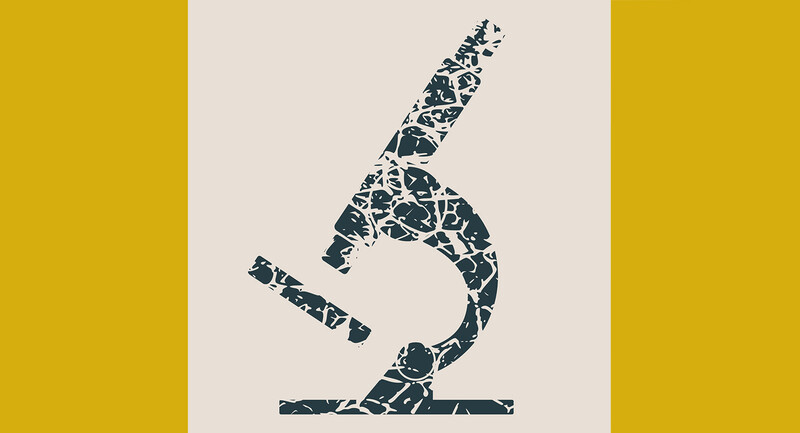November 1, 2016
•
•
Vol. 74•
No. 3Show & Tell: A Video Column / Only as Special as Necessary
Students with disabilities often lack equal access to rigorous curriculum and instruction. Yet these students are frequently left out of discussions about equity. We're not sure why that is—perhaps many educators believe that students with disabilities are protected by laws that ensure their access to, and meaningful participation in, school and school activities.
The reality, unfortunately, is different. According to the National Center for Education Statistics, only 61 percent of students with disabilities spent at least 80 percent of their time in regular education classes in 2014. Although that represents progress (only 33 percent spent that much time in regular classes in 1990), we still have a long way to go.
Of course, access is not enough. It's important to provide opportunities, but it's even more important to provide the support students need to take advantage of those opportunities. To disrupt the inequities that many students with disabilities experience, educators need to mobilize a wide range of supports across three dimensions: personal, curriculum, and technology.
These three categories need to be balanced for each student. Over-reliance on one type of support while neglecting the others—for example, hiring a paraprofessional and expecting that person to provide all the help a student needs—is not likely to result in success.
In the video that accompanies this column, you'll meet Edwin, a 9th grader at Health Sciences High and Middle College who has autism. You'll see how our school provides all three types of support to help Edwin achieve his learning goals within the classroom.
Our motto for providing support is "only as special as necessary." When applied to personal support, this suggests a focus on the natural assistance provided by peers. As the shows, Edwin's classmates are more than willing to provide such support. The special education teacher has already led a discussion with the whole class about the value of helping others and how this differs from completing tasks for others. This discussion did not focus on any specific student with a disability, but rather on general guidelines for the class.
The special educator, with Edwin's and his mother's consent, has provided information for certain students about his specific needs, including effective redirection cues and hints to clear up confusions. Of course, the special educator also meets with Edwin during class to monitor his progress and to identify needs, but the majority of the personal support Edwin receives comes from peers.
Curriculum support includes both accommodations and modifications. An accommodation does not change the instructional level, content, or performance criteria for meeting the standards, but rather provides the student with a different way to meet the standards. For example, a student might use speech-to-text translation software to complete the same writing assignment as the rest of the class.
A modification, on the other hand, is a change in what a student is expected to learn or demonstrate. For instance, a student might cover the same general math concepts as the rest of the class, but complete fewer or easier problems for homework.
Warning! Accommodations and modifications are only as good as the curriculum they are derived from. Nothing will compensate for boring, meaningless, or ineffective instruction and materials.
In Edwin's case, he relies on a number of accommodations and modifications, but each of these is only as special as necessary. For example, Edwin is given extra time to complete all tests (time accommodation). He also has access to some of the course content in audio versions rather than just in print (input accommodation). He types using a prediction software tool (output accommodation) that predicts the word he wants as he starts typing. In some situations, although he tackles the same curriculum as the rest of the class, he has a modification so he's required to do less; for his debate assignment, for instance, he presented for one minute rather than four minutes.
Technology is the third type of support that can help students with disabilities be successful. In the past, much of the technology support was specialized, meaning that the average person could not obtain it or afford it. That has changed considerably.
When his teachers provide direct instruction, modeling, or information, Edwin takes notes using a smartpen, which records audio and links it to a specific place on the page he is writing on. When the pen later touches that place on the page again, the audio from that section is played. Thus Edwin can study and review strategically, rather than having to listen again to the entire class discussion or teacher explanation.
Edwin's laptop also has a number of accessibility features that he can use. If he wants, it will read to him. It will transcribe what he says. Of course, there are many other tech tools available to help students be successful, in conjunction with their personal and curriculum supports.
These three kinds of support—personal, curriculum, and technology—are important for all students. But for students with disabilities, we can deepen and extend these supports to individualize their instruction and maximize their opportunity to learn. Isn't that what equitable education means?
End Notes
•1 Kena, G., Hussar W., McFarland J., de Brey C., Musu-Gillette, L., Wang, X., Zhang, J., et al. (2016). The condition of education 2016 (NCES 2016–144). Washington, DC: U.S. Department of Education, National Center for Education Statistics.








